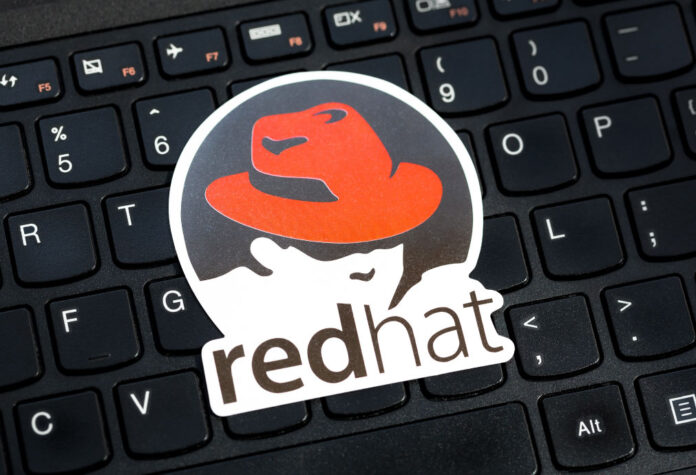Connecting and orchestrating different clouds, including those in the hybrid environment, will no longer be a problem for organizations of different sizes and great pretensions.With Red Hat Connectivity Link, a solution launched by Red Hat earlier this week, companies can integrate advanced traffic management and role-based control (RBAC) directly into the Kurbenetes system, improving security and compliance across the IT industry.
In addition, thanks to Red Hat Connectivity Link, application development and platform engineering teams can manage application connectivity in single or multi-cluster Kubernetes environments by leveraging the definition, management and visibility of connectivity and policy configurations. The platform also enables organizations to reduce complexity by consolidating functions such as traffic route, security and policy management into a single native solution in Kubernetes.
To Sarwar Raza vice president and general manager of the Red Hat developer applications business unit, the software represents a breakthrough in the way organizations think about their technology journey.“application connectivity in and around infrastructure environments is critical to developing and scaling cloud-native workloads such as generative AI applications. From Red Hat Connectivity Link, platform engineers and application developers can streamline operations, scale more efficiently across multiple environments, and increase security and compliance management across multiple infrastructure layers using new cloud-native standards.
Reducing complexity through a unified approach
The adoption of cloud-native architectures, containers, and Kubernetes has driven an explosion of applications, services, and endpoints. In turn, this has increased both the need and challenges of configuring and governing connections between these components. Applications can span Kubernetes clusters, data centers, and cloud providers. Technological evolutions in generative AI (gen AI) and edge deployments are bringing more complexity and introducing new requirements for security and traffic management. With many organizations running applications in on-premises and multi-cloud environments, and deploying containers and virtual machines, managing application connectivity is complicated, costly, and error-prone.
Historically, organizations have needed to implement individual tools for tasks such as API security and rate limiting, service meshes, and application networking. Counting on multiple solutions requires product-specific skills and time spent integrating these solutions with each other and with the Kubernetes environment.This leads to layers of complexity in configuring and administering these environments.Red Hat Connectivity Link provides a new path to application connectivity with a unified environment for development and platform teams to manage connectivity through a single solution.
Based on kuadrant open source projectred Hat Connectivity Link is a Kubernetes-native solution designed to provide a cohesive experience and efficient approach to managing application traffic. It leverages the new Kubernetes standard API Gateway and Envoy proxy technology widely adopted to create integrated functionality and management experience for single and multiple cluster Kubernetes environments. The Red Hat Connectivity Link approach addresses the connectivity challenges faced by modern IT organizations with a single, integrated solution rather than a complex, layered, multi-product approach.
OpenShift users can use Red Hat Connectivity Link for a more consistent and efficient connectivity management experience across all clusters. With support for orchestrators such as Istio and OpenShift Service Mesh, users have greater compatibility and flexibility in managing application connectivity across a wide variety of Kubernetes environments.
Availability
Red Hat Connectivity Link is now available. More information can be found here. Red Hat Connectivity Link is now available. More information can be found here. Red Hat Connectivity Link is now available. More information can be found here.


